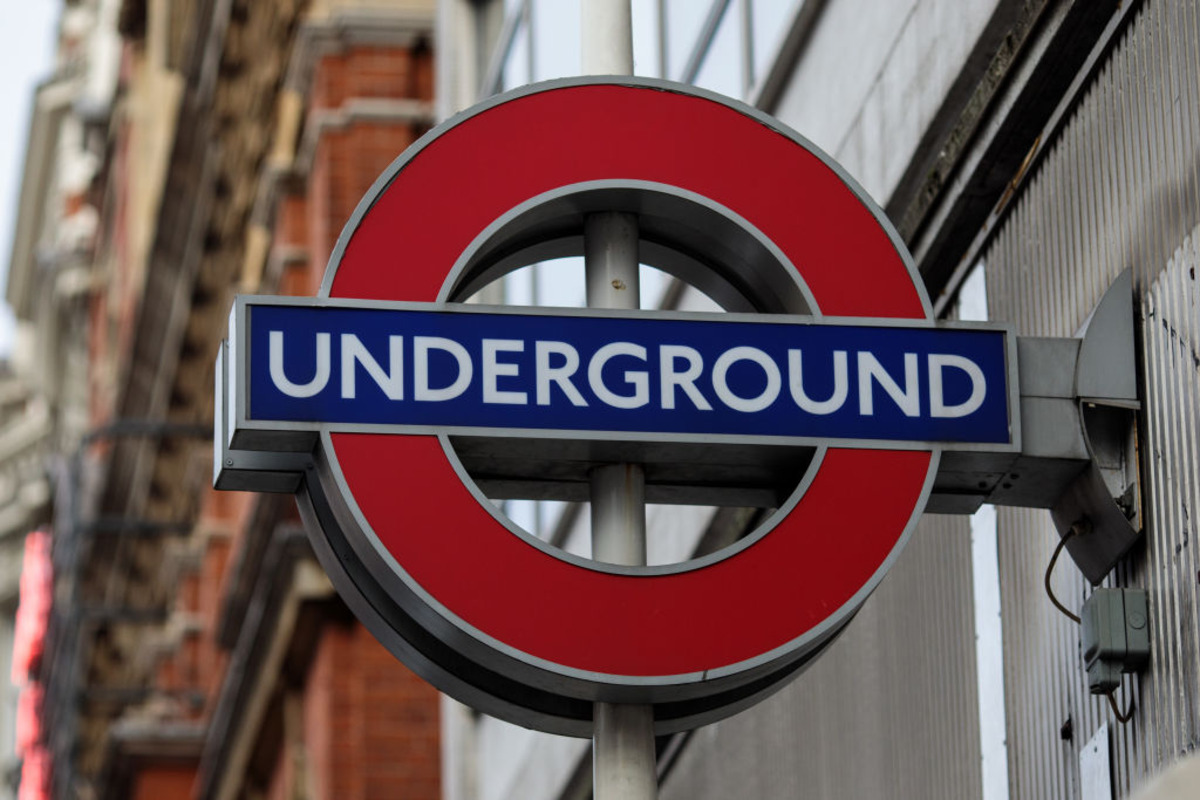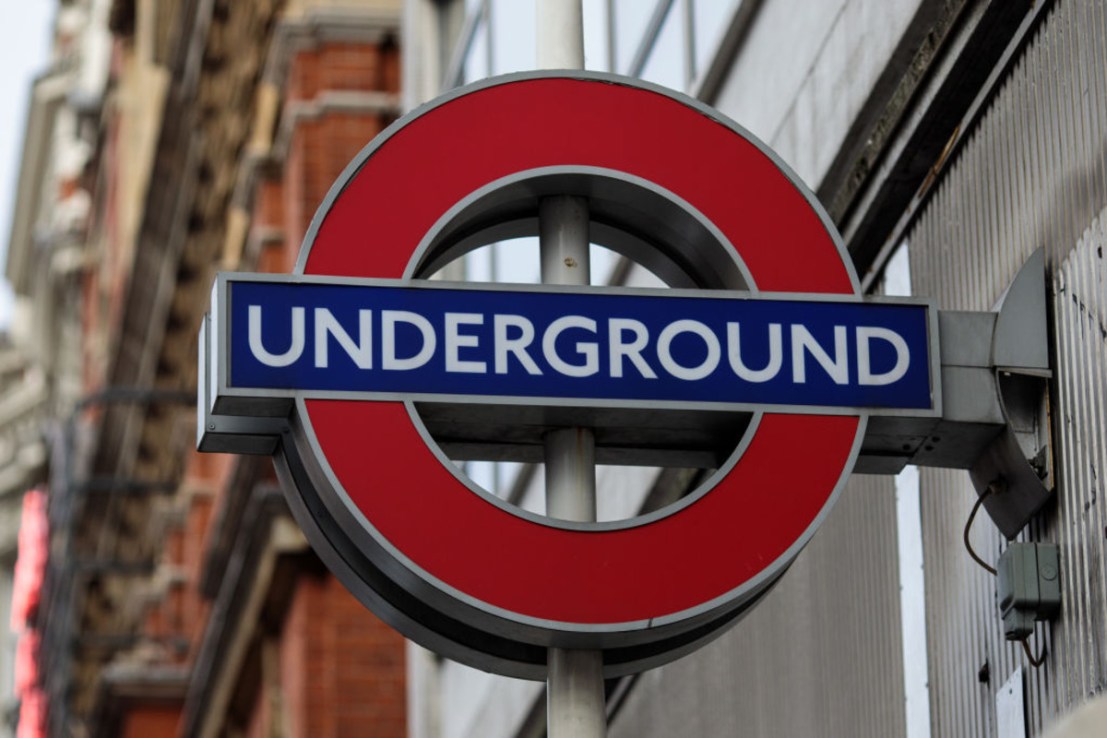Fresh calls to fund TfL as more busted London Underground trains taken out of service
City groups have launched fresh calls for a long-term Transport for London (TfL) funding deal, after new data revealed a more than doubling in the rate faulty London Underground trains are being taken out of service. Data obtained via a Freedom of Information request shows the out of service rate across the London Underground, which [...]


City groups have launched fresh calls for a long-term Transport for London (TfL) funding deal, after new data revealed a more than doubling in the rate faulty London Underground trains are being taken out of service.
Data obtained via a Freedom of Information request shows the out of service rate across the London Underground, which measures the percentage of timetabled trains that are unavailable, rose from 0.85 to 2.3 per cent between 2014 and 2024.
The issues are most pronounced on the Bakerloo, Jubilee and Central Lines, which have grappled with disruption caused by train shortages and a lack of investment in upgrades to ageing rolling stock.
The Jubilee Line ranks worst as of this year at 6.39 per cent, followed closely by the Central and Bakerloo Lines, at 5.85 and 4.26 per cent respectively.
This marks a stark contrast to the figures recorded a decade ago, when the Jubilee, Central and Bakerloo Lines of the London Underground all had out of service rates well below one per cent and the former ranked top.
‘Reliable and regular London Underground service is vital’
“These figures underline the importance of a long-term funding deal for TfL, similar to other city regions, so it can plan and invest with confidence,” Muniya Barua, deputy chief executive of the lobby group BusinessLDN, said.
“A reliable and regular service is vital for keeping London moving and retaining its status as a global city. The government should look to rectify TfL’s funding position as soon as possible.”
The best performing line between 2023/24 was the Waterloo and City, which has an out of service rate of 0.05 per cent, followed by the Piccadilly Line, at 0.11 per cent.
London’s vast Tube network can handle up to 5m passengers per day and has around 550 trains operating during peak times.
But a cash crunch at TfL, exacerbated by the pandemic, has long constrained investment despite upgrades being desperately needed.
The situation improved last year as the capital’s transport operator reported a first profit since Covid-19, however it has repeatedly called for more government funding to ensure it has some long-term certainty.
Earlier this year, the Central Line faced months of disruption after much of its 30-year old fleet had to be brought in due to failing motors.
TfL’s commissioner, Andy Lord, admitted at the time the shortage of trains could spread to other lines due to a lack of funding to carry out regular “heavy overhauls” in recent years.
Campaigners warned in February the Bakerloo Line could suffer a “critical failure” without an extension and upgrade, but the plans are currently unfunded.
The Bakerloo trains are Britain’s oldest at more than 50 years old and are around 16 years past their intended use date.
The Jubilee Line, which operates 1996 stock, has seen delays jump in recent years amid an increase in the number of unavailble trains. A temporary timetable was introduced in May 2023 to address the issues.
TfL is currently in the process of overhauling the Central and Jubilee Line’s rolling stock through investments totalling over £600m.
Some 40 Jubilee trains have gone through the first phase of the programme, which will be completed in 2024.
TfL ‘working with new government’
A TfL spokesperson said: “Our staff work around the clock to provide the best possible journeys for our customers and a service that London can rely on.
“Some of our trains are now decades old, and require significant investment to keep them reliable. That’s why we are overhauling the Central line fleet, working to deliver a new Piccadilly line fleet and working with the new government to demonstrate our funding needs after a long period of government underinvestment.”



